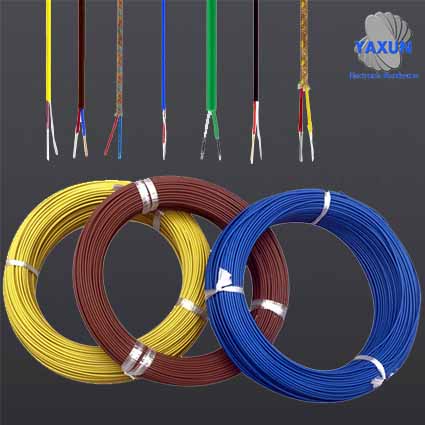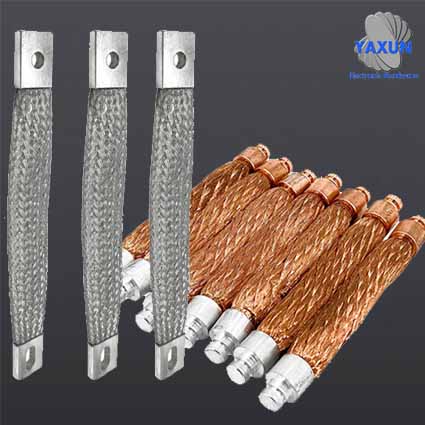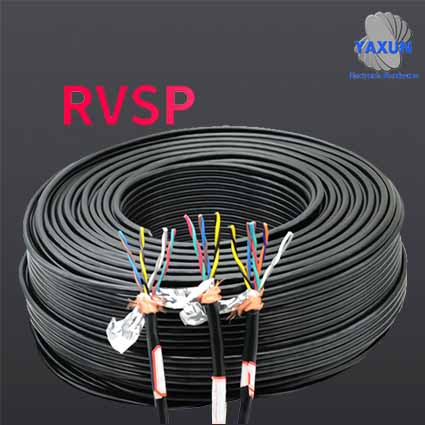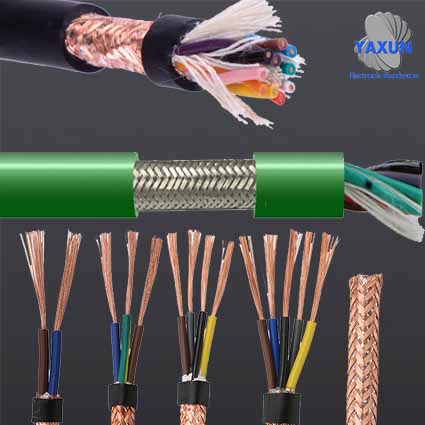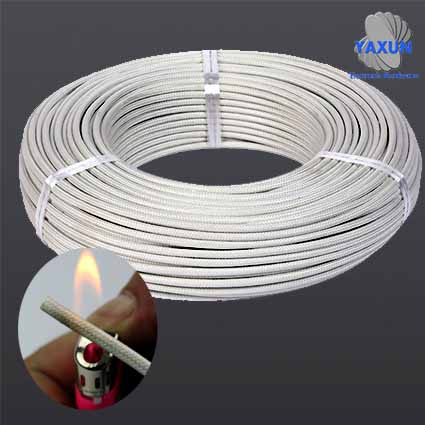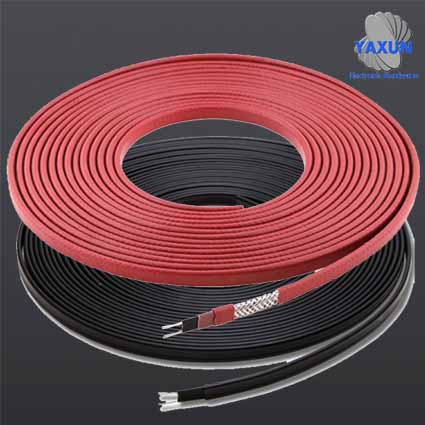Copper, Aluminum, Steel Stranded Wire
- PRODUCT DETAIL
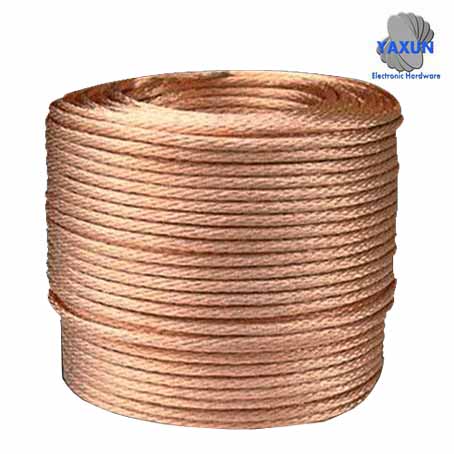
Stranded wire is a core without insulation. It is realized by twisting multiple wires to rotate at a constant angular velocity and move forward at a constant speed. Commonly used stranded wires include copper, aluminum, and steel wires, which can be stranded into a variety of different cross-sections and different types of cable conductor cores. It is suitable for the occasions where the working frequency is high and the skin effect and proximity effect of the single-stranded wire are too large. The use of twisted wire can reduce the operating temperature. Compared with single-stranded wires of the same cross-sectional area, twisted wires have higher mechanical properties and flexibility.
Principle of twisted wire
When the copper wire passes through the twisting bow on the stranding machine, the twisting bow moves in a circular motion, so that each single copper wire is spirally wound together; Stranded copper wire is where the maximum amount of single copper wire is used. Copper wires of different specifications and different numbers are twisted together in a certain arrangement sequence and lay length to become conductors with larger diameters. The stranded conductor is much softer than a single copper wire of the same diameter, and the wire made has better bending properties. The single wire appears once at a fixed distance along the direction of the twisted wire, and the fixed distance apart is the pitch of the twisted wire (referred to as the twisted pitch). Another definition of lay length is: refers to the vertical distance that the stranded wire body rotates 360 degrees along the stranding axis, the unit is mm, and the English is pitch.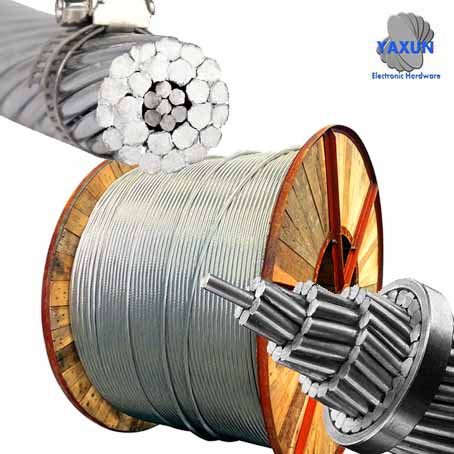
Stranding of the core
Stranding of conductorsThe so-called twisting is a wire core that twists several single wires of the same diameter or different diameters together according to a certain direction and a certain rule. When the twisted wire is used as the conductor of the insulated wire and cable, it is called the stranded core, which is the main component of the insulated wire and cable.
Insulated core cable
A cable is a process in which several insulated cores or unit groups are twisted into a cable core according to certain rules. Cables are also stranded. In addition to stranding, the cabling process also includes cable filling, tape and other processes. When the stranded wire is directly used as a wire, it is called a bare stranded wire, such as copper stranded wire, aluminum stranded wire, and steel core aluminum stranded wire. Connecting wires for overhead transmission lines and electrical equipment; When the twisted wire is used as the conductor of insulated wire and cable, it is called conductive core, which is the main component of wire and cable.
Classification and use of twisted wire
Ordinary stranded wire:Advantages of aluminum stranded wire (LJ): light conductor and good conductivity. Purpose: It is applied to the distribution line of overhead power lines with small forces.
The advantages of hard copper stranded wire (TJ): superior electrical performance; use: overhead transmission lines.
The advantages of aluminum alloy stranded wire (LHAJ): high tensile strength, conductivity is 10% lower than that of aluminum stranded wire. Uses: glaciers, mountains, hills and other places.
Advantages of aluminum-clad steel stranded wire: high tensile strength. Purpose: Large span of electrical lines.
Combination stranded wire:
Advantages of steel core aluminum stranded wire (LGJ): High tensile strength. Uses: Overhead transmission lines, distribution lines, heavy ice areas and large-span transmission lines.
Advantages of anti-corrosion steel core aluminum stranded wire: Prevent corrosion of the steel core and increase the service life of the wire. Uses: saltwater lakes, coastal areas, industrial and mining areas and areas with severe corrosive atmospheres.
Advantages of aluminum-clad steel core aluminum stranded wire: Prevent corrosion of the steel core and increase the service life of the wire. Reduce line loss. The unit weight is reduced and the wire span is increased.
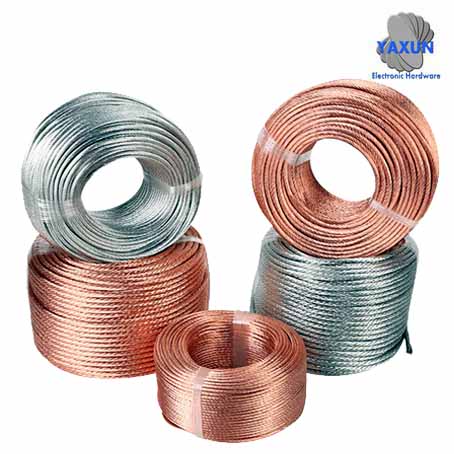
Special stranded wire:
1. Aluminum stranded wire with expanded diameter steel core:Advantages: increase the outer diameter of the wire, save non-ferrous metals, and reduce corona loss.
Purpose: High-voltage power transmission and high-altitude power transmission.
2. Expanded hollow wire:
Advantages: It has a larger wire outer diameter, reduces corona loss, and saves non-ferrous metals.
Purpose: High-voltage substation.
3. Vibration absorbing and gap type stranded wire:
Advantages: Each twisted layer is separated, which can reduce vibration by itself.
Purpose: In areas with many storms.
4. Stranded wire to prevent ice and snow:
Advantages: strong resistance to ice and snow.
Uses: heavy ice zone.
5. Copper brush wire:
Advantages: stable structure, good flexibility, using bundle twisting and twisting.
Purpose: Lead wire in the motor.
6. Flexible stranded wire of bare copper:
Features: The use of regular twisting, bundle twisting, non-twisting or twisting and twisting according to the regular twisting and other forms of stranding.
Purpose: to connect motors and electrical equipment parts.
7. Copper braided wire:
Advantages: The wire is soft.
Purpose: The connection line of mobile electrical equipment, also used for the connection of the battery of automobiles and tractors.
8. Aluminum stranded wire with aluminized steel core:
Features: Galvanized steel wire is changed to aluminized steel wire. Increase corrosion resistance. Uses: used for anti-corrosion lines.
9. Weather-resistant insulated overhead line:
Features: Add insulation layer on the surface of LJ and LGJ stranded wires. Purpose: The line is used through forest and city.
10. Conductive core:
Features: Most of the power cables are insulated with oil-impregnated paper and plastic.
Hard wire core: used for marine cables, power cables, etc.
Flexible wire core: used for mining cables, rubber-sheathed cables, etc.
11. Extra soft cable:
Use frequently moving wire and cable cores and conductive cables with special requirements.
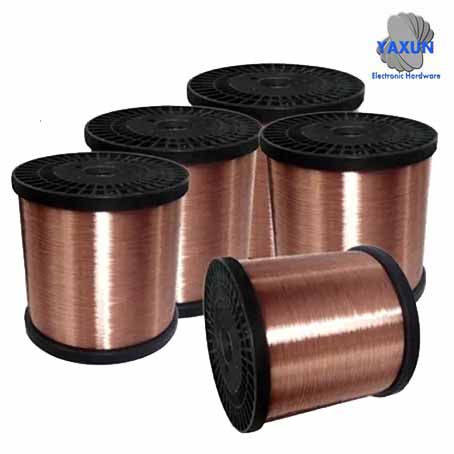
Características de los conductores trenzados.
Buena flexibilidadCuando se dobla el arnés paralelo sin trenzar, cuando se estira el cable único exterior del arnés, se estira el cable único exterior del arnés y se comprime el cable único interior, sometido a una deformación por flexión. Cuando se dobla el cable trenzado, cada cable se enrolla en espiral alrededor de la circunferencia del cable trenzado. Cuando se dobla el alambre trenzado, cada alambre se estira y se comprime al mismo tiempo, y la parte comprimida se mueve a la parte estirada, solo para superar la fricción cuando se mueve el alambre. Esta fricción es mucho menor que la resistencia causada por la flexión de un solo cable en un arnés paralelo.
Para alambres retorcidos de la misma especificación, cuanto menor sea el paso, menor será la distancia de movimiento del alambre único cuando se dobla el alambre retorcido, menor será la fricción y más suave será el alambre retorcido;
Para cables trenzados con la misma área de sección transversal, cuantos más cables individuales, más blandos serán los cables trenzados. GB / T3956 estipula que el número de cables individuales del primer, segundo, quinto y sexto tipos de la misma sección transversal aumenta en secuencia, y su flexibilidad también aumenta en secuencia.
Alta fiabilidad
When a single wire is used as a conductor of a wire and cable, the reliability of the single wire is reduced due to the defects and material inhomogeneities generated during the manufacturing process. With multiple single-wire twisted cores, defects are dispersed and the reliability of the wire is significantly improved. This situation is particularly obvious for single-wire connectors.
high strength
Compared with a single stranded wire, a single wire of the same cross-section has improved strength. For the same material, the thinner the wire diameter, the higher the tensile strength. Therefore, the comprehensive breaking force of a strand formed by twisting multiple fine strands is greater than the breaking force of a single wire of the same cross-section.
Good stability
When the twisted wire is bent, the position of each single wire alternately lies in the upper elongation zone and the lower compression zone of the twisted wire. The single wire will not be stretched or compressed, and the position of the single wire will not change. When the parallel wire harness is bent, the upper single wire is stretched and embedded in the wire harness, and the lower single wire is compressed to the center of the wire harness due to compression, which changes the shape of the wire harness.

